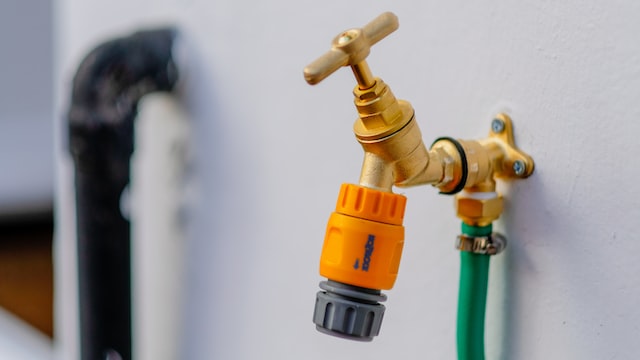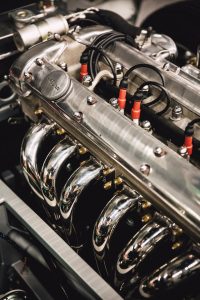A car radiator flush is a good way to keep your cooling system running smoothly. Debris that builds up on the radiator can cause the radiator to overheat, and can lead to damage to the engine. Fortunately, you can flush your radiator with a garden hose. It is also a relatively cheap and easy method.
To begin, make sure you have the right tools. A high pressure head is a must, and a rubber hammer is useful for dislodging any stubborn sludge. You may also want to use an oil solvent, which can help remove any greasy cores. If your car is more than five years old, consider replacing the cooling fluid.
Once you have your equipment, locate the radiator drain valve. This may be located on the bottom of the radiator or on the engine block. Then, open the plug so that the liquid can drain. Make sure to place a bucket under the drain.

Photo by Harry Grout on Unsplash
Before you start, check your owner’s manual to find out how to replace your coolant. You may want to get a backflush kit, which will make the process easier. In addition, you can add coolant and distilled water to the tank.
Next, connect the hose pipe to the radiator valve inlet. You can either connect the hose pipe to the corresponding inlet on the car’s heating system or to the diverter. When the hose is in place, hold it over the drain so that the water flows through the pipes.
After you’ve connected the hose to the drain, remove the thermostat from its housing. This is important, because it will allow you to remove the clogged water. Also, make sure to put it in the correct orientation.

Photo by Markus Spiske on Unsplash
Once the engine is completely cool, you can turn it on. The water will flow up the engine, and should be able to clear any clogged sediment. Wait 10 minutes for the car to cool down again. Repeat the process until the water runs clear.
Once the flush is complete, you can fill the radiator with fresh engine coolant. Alternatively, you can use a pre-diluted solution to make a 50/50 mix. Remember that you should not use tap water to flush your car. Using distilled water will keep your car running longer, since the chemicals are safer.
Lastly, you can use a small plastic bag with a hole in it to direct the flow of the coolant away from the engine. However, you should make sure to seal it correctly to prevent any spillage.
Finally, you can remove any sludge that was accumulated during the flush. While this seems like a lot of steps, it’s actually not too hard. Depending on how much sludge is accumulated inside your radiator, you may only need to flush the system once a year or twice.
If you need to flush your radiator more often, consider buying a backflush kit. Using one of these kits will save you time and money.
